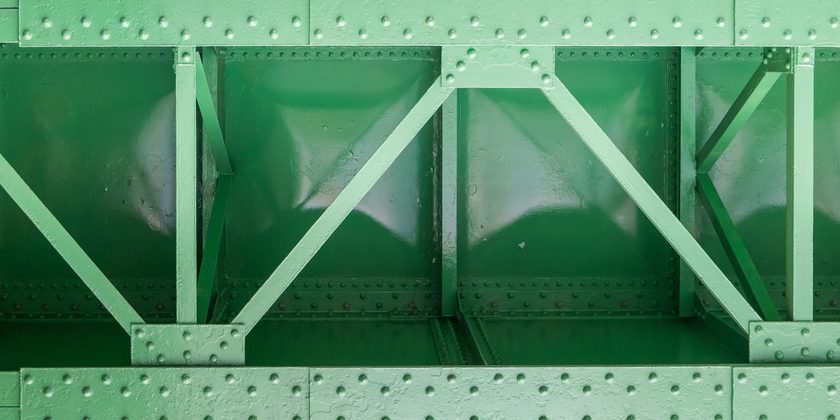Eduardo de Mello Franco, Marketing Manager of iron ore pricing at Vale said that structural undersupply of high-grade iron ore, which is projected to tip 70 million tonnes by 2030, is expected to drive a wedge between mid-grade iron ore sinter fines and high-grade iron ore.
Structural supply-demand deficit supports long-term premiums on high-grade green iron ore
Franco added that the expansion of carbon neutral steelmaking feedstocks like direct reduced iron (DRI) in response to the establishment of more rigorous carbon reporting and pricing is expected to put a strong premium on specialized ores that help to reduce emissions vis a vis other mid-grade ores.
Speaking in the high-grade iron ore panel at the SIOF, Renato Hendrikson, head of strategic marketing at Samarco said that the fundamental tightness high-grade iron ore supply amid the expansion of global DRI production capacity necessitates a differentiated pricing approach compared with direct shipping ores (DSO).
Diverging functions of iron ore usage
Hendrikson added that the predominant function of high-grade pellet feed is vastly different from most DSO, which require a coal-intensive process of sintering to be used in blast furnaces (BFs).
High-grade iron ore pellet feed, which typically has an iron content of 67% and above and a combined gangue (silica + alumina content) of less than 3.5%, is commonly the feedstock in the production of direct-reduced (DR) pellets, which are then in turn used to produce DRI – a feedstock for steel production with the electrical-arc furnace (EAF), alongside scrap or pig iron.
EAF steelmaking with the use of DRI paves the way for a less carbon intensive form of steelmaking, offering a scalable solution for steelmakers to directly reduce carbon output, according to Siddarth Aggarwal, manager and book owner at Anglo American.
The opportunity cost of lower metallurgical coal consumption should also be used in differentiating high-grade iron ore with DSO, according to Russell Wescombe, Senior Business Manager at Grange Resources.
Wescombe added that the increased regulatory scrutiny on carbon-intensive production methods like iron ore sintering with DSO is expected to incur additional costs in the coming years, incentivizing a pivot toward lower-carbon raw materials.
Lower-cost DSO to remain as mainstay in major BF steelmaking hubs in China, India
Most market participants were of the view that the predominant role of BF steelmaking in China and in rapidly expanding markets like India is expected to reinforce the integral position of DSO in global iron ore trade flows.
Speaking at the panel on South Asian steel production, Vivek Nishant Nath, General Manager of Sales and Marketing at Odisha Mining Corporation (OMC) said that low to mid-grade sinter ore between 57-62% Fe will form the bulk India’s steelmaking raw material demand while it navigates toward its annual production target of 300 million tonnes of steel by 2030.
China’s sinter fines demand is also expected to remain stable toward the end of the decade despite a slowdown in steel production, considering the relative age of most BFs across China alongside China’s penchant for low-cost steel production, sources said.
The two-tiered iron ore market which is expected to serve two varied functions towards steelmaking will ultimately trade on different pricing fundamentals due to differences in supply, demand and ultimately function, where high-grade iron ore will trade at a differentiated premium.
Follow the low-carbon steel discussion and keep up-to-date with the developments influencing the decarbonization of the steel industry. Learn more.



